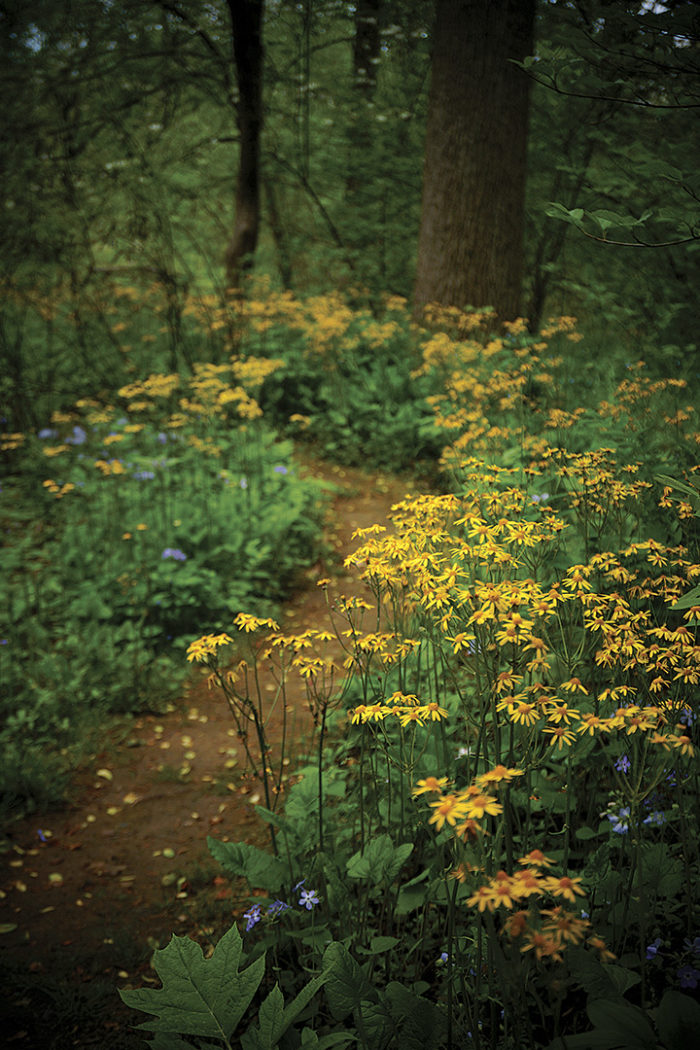
In almost every garden there are spaces that cry out for a simple palette of plants to create a soothing scene. Perhaps it’s on the edge of the driveway, at the top of a rock wall, on a steep slope, or in deep shade where high-maintenance borders or turf are not practical. These are the spots where problem-solving ground covers can provide functional beauty without a lot of fuss. Whether you need a ground cover to anchor trees and shrubs, hold soil in place, suppress weeds, or replace an expanse of lawn or bark mulch, there are plenty of plants that will fit the bill.
Although almost any spreading or mounding plant can be massed to cover ground, those that naturally spread by runners, rhizomes, or elongated branches are most commonly used for this purpose. Some advance neatly at a refined pace and are well suited to small spaces. Others are more rambunctious, creating a green plane in short order without overtaking their neighbors. Then there are the aggressive spreaders—the ones that gobble up space, closing gaps and smothering weeds like storm troopers. These are best used where space is plentiful and neighbors are few.
Fast fillers provide plenty of texture for larger spaces
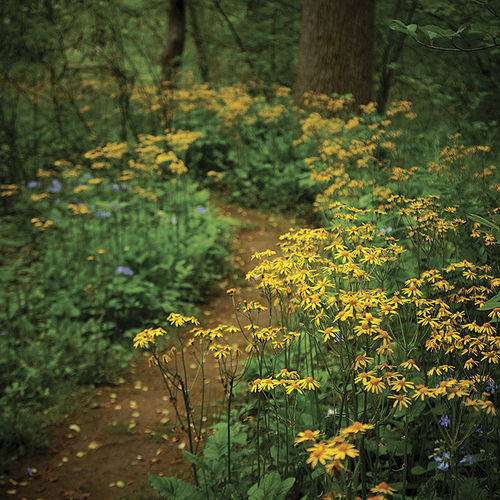
Name: Packera aurea
Zones: 3–8
Size: 6 to 30 inches tall and 6 to 18 inches wide
Conditions: Full sun to partial shade; average to wet soil
Native range: Eastern North America to Texas
If you need a plant that covers space with confidence, try golden ragwort (photo above), which borders on being a storm trooper in moist, humus-rich soils. Its yellow blooms erupt in May over leaves that provide a glossy green ground cover for the remainder of the growing season, or year-round in warmer climates. This is a marvelous plant for shady spots and is shallow-rooted enough to be easily lifted to restrain its spread as needed. Its heart-shape basal leaves are neatly toothed and deep greenish-purple underneath. Bright yellow asterlike flowers float atop long stems and create quite a show. The flowers are followed by fluffy seed heads, which can be removed to prevent spreading by seed. Its rate of spread can be slowed ever so slightly by placing it in dry shade. Space plants 12 to 15 inches apart.
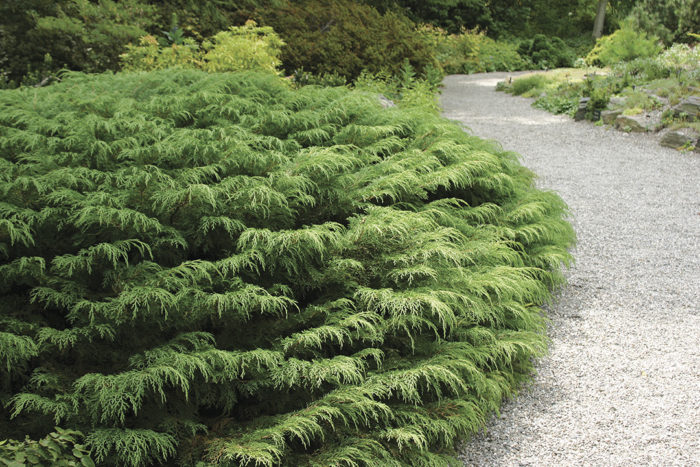
Name: Microbiota decussata
Zones: 3–7
Size: 6 to 18 inches tall and 10 to 15 feet wide
Conditions: Full sun to partial shade; average to moist, well-drained soil
Native range: Southeastern Siberia
Russian arborvitae is a hardy woody ground cover that is capable of cloaking a slope or draping gracefully over a stone wall. Its 5- to 8-foot-long branches arch and layer over one another. It is not pestered by deer or rabbits, nor is it affected by disease. Moreover, it tolerates partial shade quite well, making it a great alternative to most junipers (Juniperus spp. and cvs., Zones 2–9). Fresh green foliage emerges in spring soft and feathery and then deepens to a pleasing green over the summer. In the winter, especially in full sun, it takes on rusty hues, while shaded portions remain green. It is quite cold tolerant and not fussy about pH (5.0–8.0). It is a bit tricky to get established, so be sure that the crown of the plant is level with the soil surface when planting, and water well through the first season. Once established, Russian arborvitae tolerates moderate periods of drought, but it is not tolerant of wet soil. Space plants 4 to 6 feet apart.
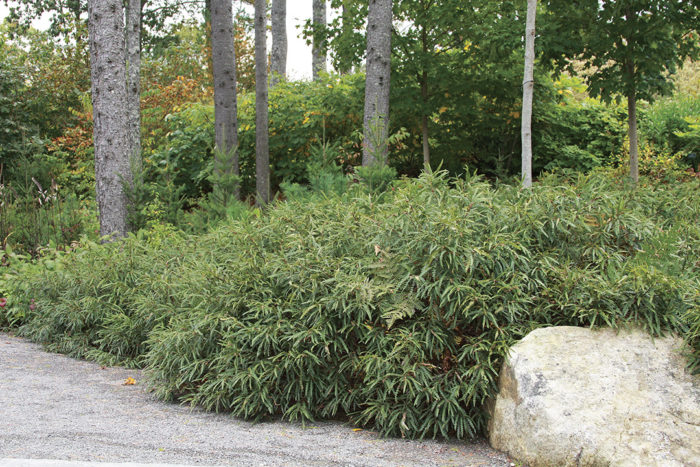
Name: Comptonia peregrina
Zones: 2–6
Size: 3 to 4 feet tall and 4 to 8 feet wide
Conditions: Full sun to partial shade; adaptable to a wide range of soils
Native range: Eastern North America
Sweetfern is not a fern at all but rather a tough, spreading shrub with leathery leaves that are deeply lobed along their length, superficially resembling the individual pinnae on fern fronds. The similarity to ferns ends there. Deep olive green leaves are borne on flexible woody stems that are 3 to 4 feet tall and are wonderfully fragrant when crushed. That scent protects them from predation by pests, and though they are host to the larvae of several butterflies, they generally suffer little damage. The leaves are deciduous, dropping in late fall without fanfare and reemerging in late spring. The flowers on this plant are inconspicuous, borne in small catkins which are then followed by peculiar small nutlets that have a spiny appearance. Because this plant fixes its own nitrogen, it makes a good candidate for tough spots such as roadsides and embankments, where it colonizes to form a dense and attractive thicket. Space plants 2 to 3 feet apart.
Slow, gentle spreaders fill small spaces with finesse
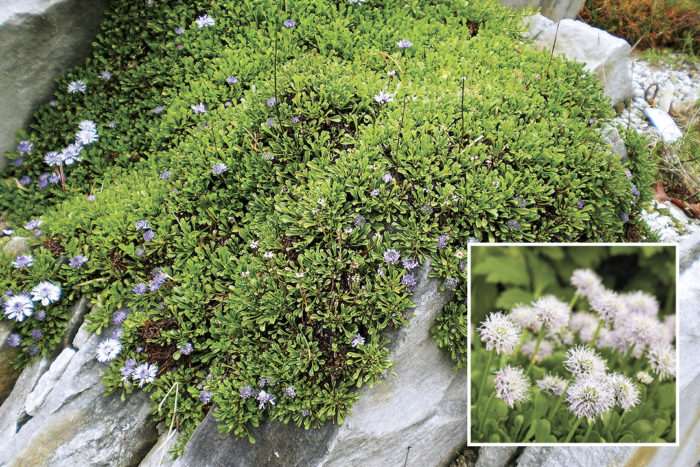
Name: Globularia cordifolia
Zones: 4–9
Size: 2 to 3 inches tall and 8 to 12 inches wide
Conditions: Full sun; average to dry, well-drained soil
Native range: Limestone screes in the mountains of southern Europe and Turkey
Looking for an elegant little filler that will not take over your yard? Heart-leaved globe daisy is the perfect fit for a small niche and will add distinction and long bloom to sunny, well-drained sites. Picture its deep green leaves covering the gaps between stepping stones or at the top of a rock wall where the drainage is sharp; it will hug the ground, creeping along inch by inch to form a low mat. The glossy, spoon-shape leaves remain in good condition throughout the winter and deepen in color. In mid-May through July, charming powder puff blooms sit atop wiry 4- to 5-inch stems. Space plants no more than 6 or 8 inches apart to create a slow-growing, unusual ground cover.
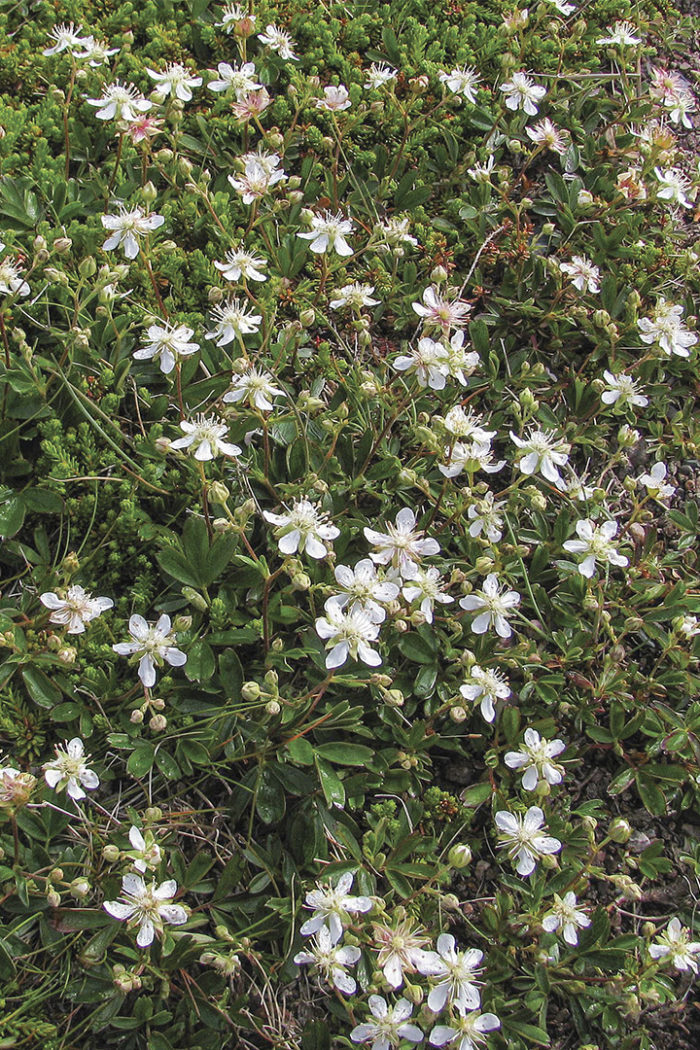
Name: Sibbaldiopsis tridentata
Zones: 2–7
Size: 4 to 12 inches tall and 12 to 18 inches wide
Conditions: Full sun; well-drained soil
Native range: Central and eastern North America
Another gentle spreader is wineleaf. This tough little North American native subshrub is found in crevices and among the granite boulders of mountaintops, in sandy fields, and along roadsides. Its home habitat gives you a clue to where it will survive—tough, dry, sunny spots, where it forms an attractive ground cover. For several weeks beginning in June, blooms that look like tiny white cherry flowers are held aloft in clusters on 4- to 10-inch stems. The overall effect is light and airy, and the flowers form a nice contrast with the deep green leaves that hug the ground. As cool weather sets in, the foliage turns to deep burgundy, sometimes with vibrant hints of red. The leaves remain on the plant throughout winter, and a new flush of leaves emerges from the woody stems in spring. Planting in full sun yields the thickest plants, most prolific flowers, and best fall color, but wineleaf tolerates partial shade, where it forms a more open mat. Space plants 12 inches apart.
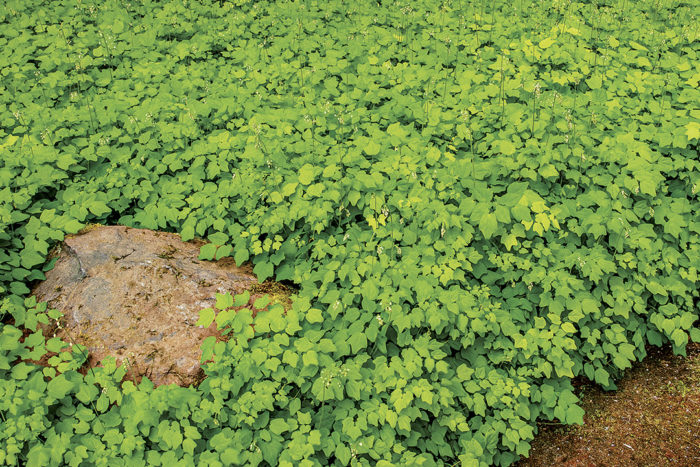
Name: Vancouveria hexandra
Zones: 5–7
Size: 12 to 18 inches tall and wide
Conditions: Partial to full shade; moist, fertile soil
Native range: Moist coastal woodlands of the Pacific Northwest
Vancouveria is so elegant, well behaved, and refined in its proportions that it is confounding that it is not more widely grown. Asking only for shady conditions, ample moisture, humus-rich soil, and little disturbance, it gives back a fine texture that is the perfect counterpoint for bolder companions such as ligularia (Ligularia dentata and cvs., Zones 3–8), rodgersia (Rodgersia spp. and cvs., Zones 3–8), and hosta (Hosta spp. and cvs., Zones 3–9). The attractive compound leaves, with duck-foot-shape leaflets on thin stems, form a mass 8 to 12 inches tall. From late spring to early summer, small white flowers hover above the foliage on arching stalks. Native to moist woodlands, Vancouveria grows best in rich, moist soil, but it will perform admirably, though more slowly, in dry shade. Space plants 12 inches apart.
Manageable mat formers spread reliably

Name: Persicaria affinis ‘Border Jewel’
Zones: 4–9
Size: 6 to 12 inches tall and 18 to 24 inches wide
Conditions: Full sun to light shade; average to wet, well-drained soil rich in organic matter
Native range: Himalayan mountains
For an appealing and long-lasting display of both flowers and foliage, try ‘Border Jewel’ Himalayan fleece flower. It forms a tidy mat of elliptical medium to dark green leaves topped in early summer by small wands of pale pink flowers that will continue to emerge sporadically over the remainder of the summer. Each plant grows about 2 feet wide and quickly forms a thick ground cover when grown in full sun or partial shade in well-drained soil with plenty of organic matter. As a bonus, the foliage turns shades of red and rusty orange in the fall and remains on the plant in coppery hues through winter. In spring this coppery carpet forms a nice backdrop for early-blooming minor bulbs such as snowdrops (Galanthus nivalis, Zones 3–7) or Siberian squill (Scilla siberica, Zones 2–8), which easily poke through it. New growth emerges to conceal the spent leaves as the minor bulbs fade. Space these plants 15 to 18 inches apart.
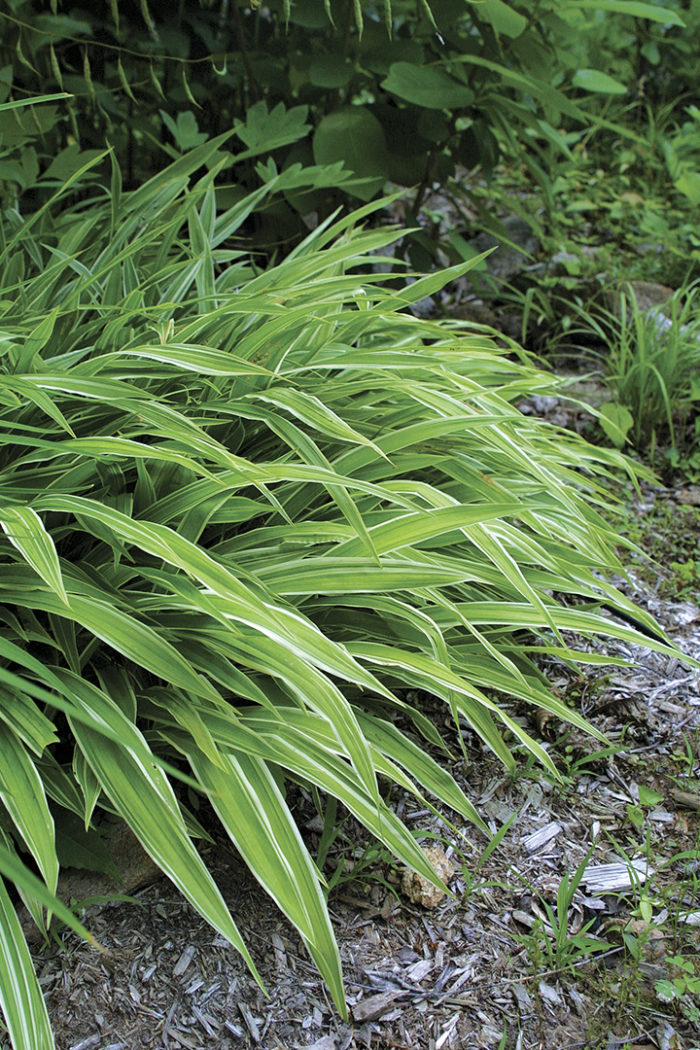
Name: Carex siderosticha ‘Variegata’
Zones: 4–9
Size: 6 to 12 inches tall and 1 to 3 feet wide
Conditions: Partial shade; dry to moist soil; will tolerate full sun with adequate moisture
Native range: Mountain woodlands of Korea, China, and Japan
‘Variegata’ broad-leaved sedge spreads somewhat faster than the previous plants, but it is well-behaved in shady spots, slowly expanding from clumps by sending out rhizomes to form an impenetrable weed barrier. It spreads most rapidly in moist, organic soils and will remain clumped much longer in dry shade, where it is quite useful. It makes a great edger along paths with its white-striped, strappy leaves. It is pest and disease resistant and not eaten by deer. In northern gardens the foliage dies back with the onset of cold weather and can be tidied up in the fall or spring, or not at all; new foliage emerges above the old and eventually conceals the previous year’s leaves. Its spring flowers are of only minor interest. Space plants 12 to 15 inches apart.
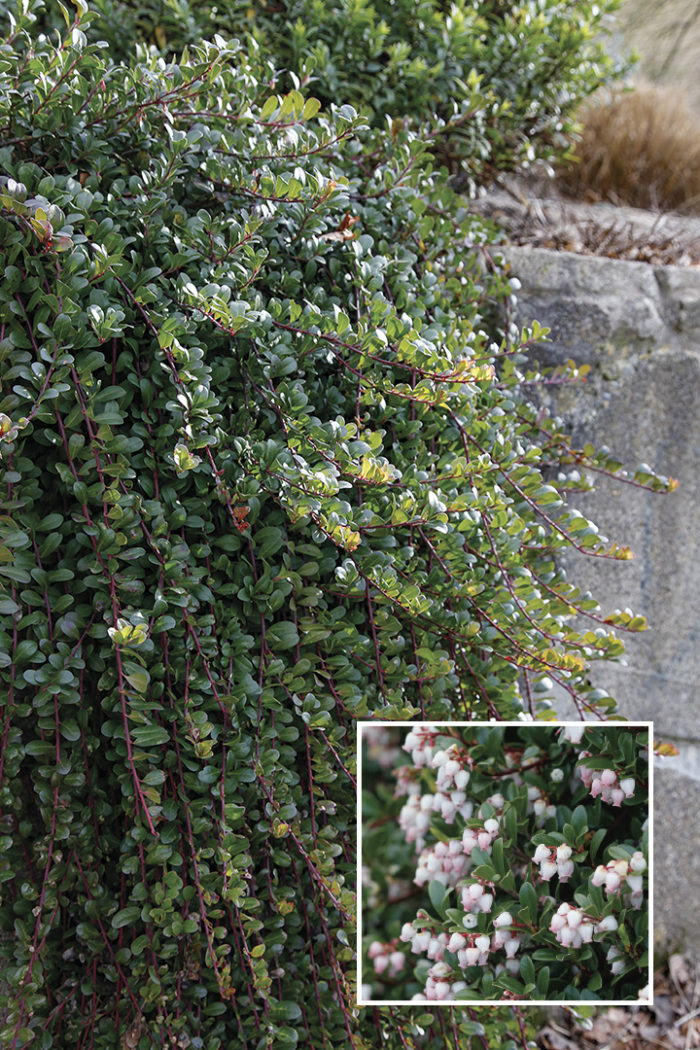
Name: Arctostaphylos uva-ursi
Zones: 2–6
Size: 3 to 8 inches tall and 3 to 6 feet wide
Conditions: Full sun to light shade; average to dry, well-drained acidic soil
Native range: Northern North America, Europe, and Asia
Bearberry has the capacity to roam 2 to 4 feet over the ground and become an undemanding, evergreen ground cover for sunny locations. Its great value lies in its tolerance of nutrient-poor sandy soils and salt, which makes it ideal for seaside, roadside, and “hell strip” sites. Its small, paddle-shape leaves are deep, glossy green and arranged alternately alongside long flexible stems. In cooler weather the leaf color deepens and takes on burgundy hues. Willowy stems grow over the surface of the ground, occasionally rooting, and form a dense mat that is inhospitable to invading weeds. Urn-shape pink flowers, pleated at the top and pinched at the base, are borne at the tips of branches in May and June. Red berries follow the flowers and persist into winter, fortifying birds and mammals when other fruits are scarce. This plant is wonderful for erosion control and for acidic soils that are low in nutrients; in fact, it resents being overfertilized. Space plants 2 to 3 feet apart.
Joann Vieira is the director of horticulture for The Trustees of Reservations in Massachusetts.
Sources
• Bluestone Perennials, Madison, OH; 800-582-5243; bluestoneperennials.com
• Far Reaches Farm, Port Townsend, WA; 360-385-5114; farreachesfarm.com
• Joy Creek Nursery, Scappoose, OR; 503-543-7474; joycreek.com
• Prairie Nursery, Westfield, WI; 800-476-9453; prairienursery.com
Fine Gardening Recommended Products

A.M. Leonard Deluxe Soil Knife & Leather Sheath Combo
Fine Gardening receives a commission for items purchased through links on this site, including Amazon Associates and other affiliate advertising programs.


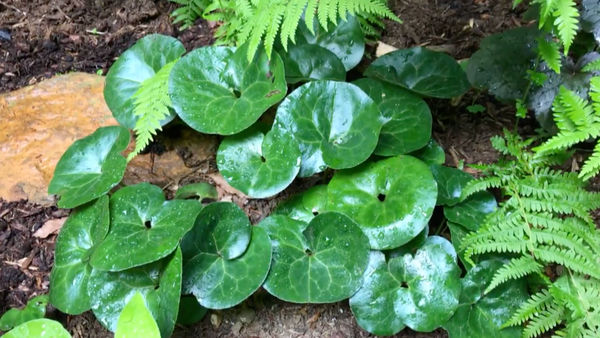
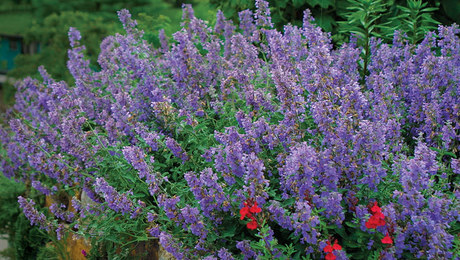
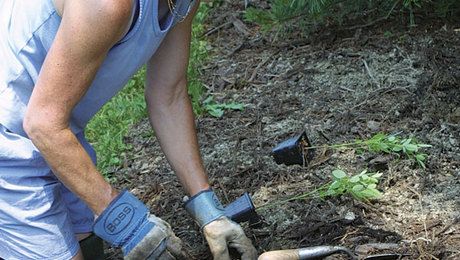













Comments
Log in or create an account to post a comment.
Sign up Log in